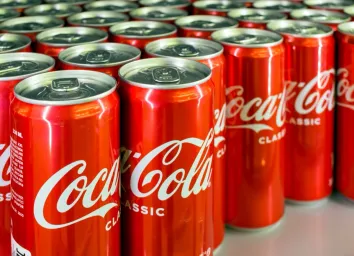7 Sodas With the Scariest Ingredients

It’s not rocket science–drinking soda is not the healthiest beverage you can reach for. And there are many reasons. For starters, the sugar content. The American Heart Association recommends women consume no more than 25 grams (6 teaspoons) per day, and men no more than 36 grams (9 teaspoons) per day. For example, one 12 oz. can of regular Coca-Cola has 39 grams of sugar–well over the recommended amount.
And another major reason soda is so unhealthy for you is because it is full of chemicals that could also harm your health. These include caramel color and other food dyes, biphenol-A (also known as BPA), brominated vegetable oil, yellow-5, phosphoric acid, aspartame, sucralose, acesulfame potassium, saccharine, sodium hexametaphosphate, and sodium benzoate–to name a few.
While some sodas may be lower in sugar and have fewer chemicals, many sodas still contain scary ingredients. Here are seven sodas with the scariest ingredients you should be aware of. Read on, and for more, don’t miss 30 Worst Sodas to Stay Away From Right Now.
Sun Drop
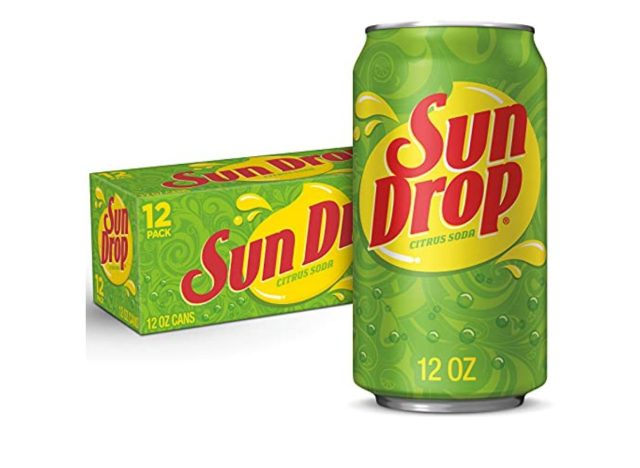
Sun Drop soda contains brominated vegetable oil, a controversial food additive that was originally patented as a flame retardant, according to Scientific American, which the publication noted led to its ban in Europe and Japan. However, it’s still added to some sodas in the United States. According to the FDA, BVO is “allowed for use in a small amount, not to exceed 15 parts per million, in the U.S. as a stabilizer for fruit flavoring used in beverages.”
Ruby Red Squirt
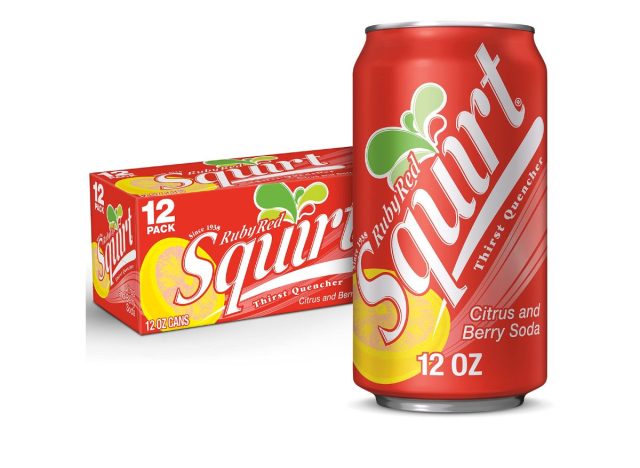
Ruby Red Squirt contains Red 40, a food dye that the FDA has deemed safe. However, it has been studied to be linked to ADHD symptoms. And a 2021 report by the state of California also found a connection between children who consume Red dye 40 and hyperactivity and other neurobehavioral issues.
Diet Mountain Dew
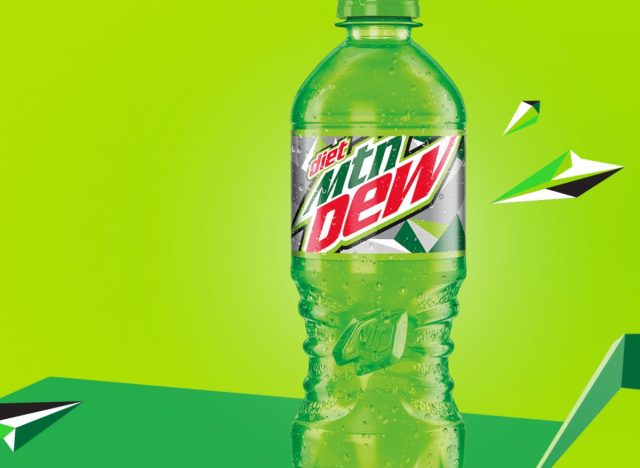
Diet Mountain Dew (as well as regular Mountain Dew) contains Yellow 5 (tartrazine), which is a synthetic food dye that has been linked to possible carcinogenic effects, according to a 2015 study. The same study found that Yellow 5 was also toxic to genes and cells in the body.
Sun Drop Cherry Lemon
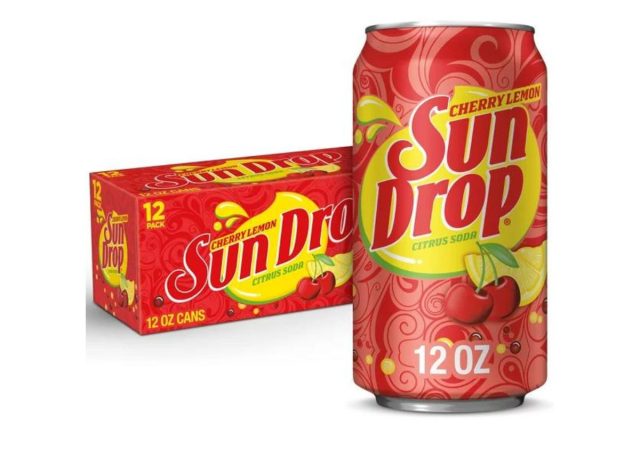
If you’ve made it this far, you’ve learned about some food dyes that have been linked to harmful effects on the body, including Red 40 and Yellow 5. Unfortunately, Sun Drop Cherry Lemon contains both of these dyes–a negative double whammy.
Fanta Orange
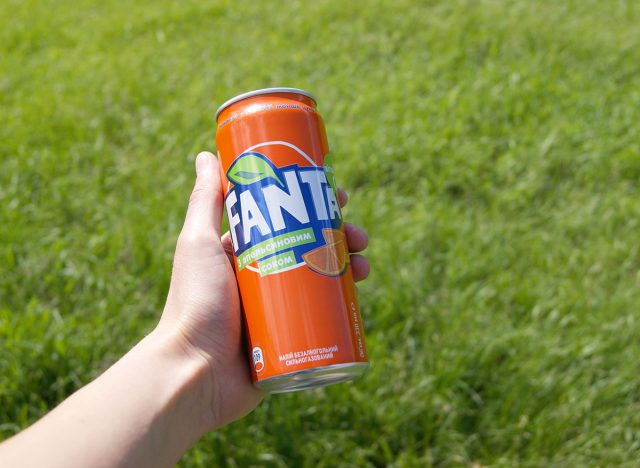
This citrus soda contains two troublesome ingredients: Red 40 and sodium benzoate. Sodium benzoate, a food preservative, on its own is not the problem–but in soda, when it is combined with ascorbic acid, it turns into benzene, which is a carcinogen (i.e. it may cause cancer).
Pepsi and Coca-Cola
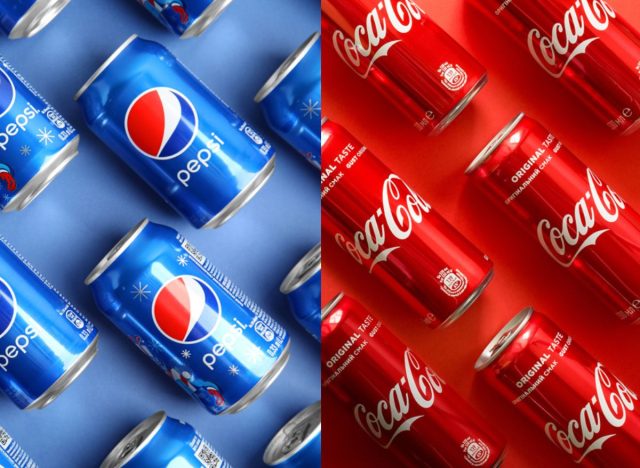
Both Pepsi and Coca-Cola contain caramel color. Caramel color in sodas has been studied as a possible carcinogen. That’s because, during the manufacturing of caramel color, it can cause the formation of 4-methylimidazole (4-MEI), which has been studied to elevate cancer risk over time.
It’s important to note that the Federal Drug Administration (FDA) still considers all of the ingredients listed above as Generally Recognized as Safe (GRAS), which is why they’re still found in our food supply. That being said, countless studies have linked each ingredient to negative health effects; however, more research is still needed to determine their long-term effects. There are other reasons to avoid drinking soda with these scary ingredients; for example, most sodas contain over 36 grams of sugar per serving, which accounts for 75% or more of your daily recommended limit of added sugars. There is an overwhelming body of evidence to support a link between excess added sugar intake and various metabolic diseases such as obesity, type 2 diabetes, cardiovascular disease, and non-alcoholic fatty liver disease (NAFLD) as well as cognitive decline and even some cancers.


